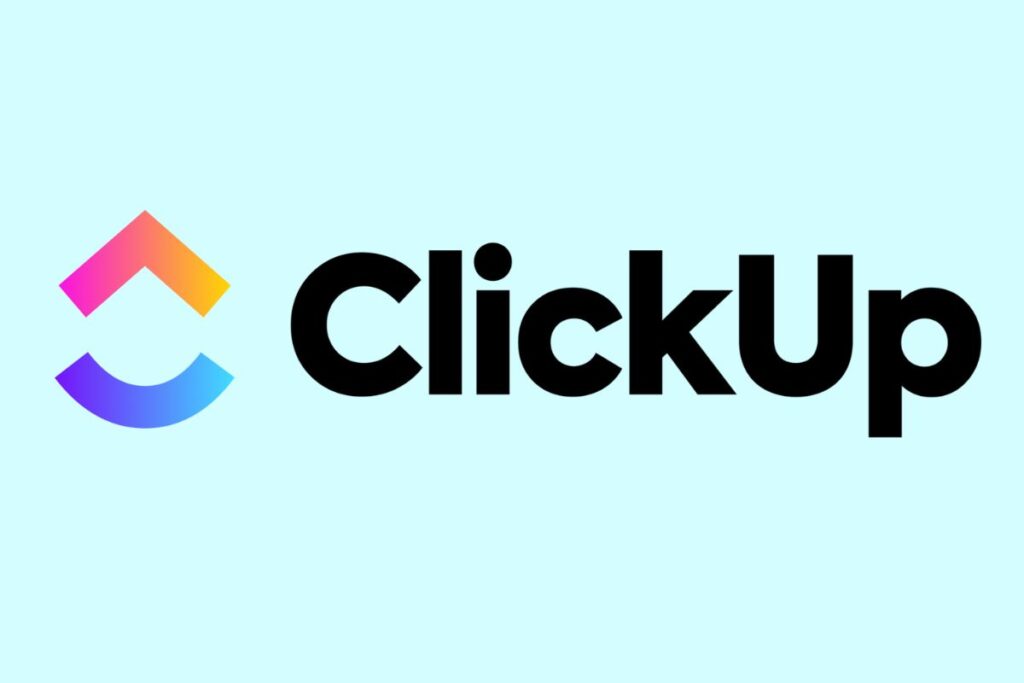In the rapidly evolving digital era, the traditional office is no longer the sole epicenter of productivity. Thanks to advancements in technology and a shifting work culture, virtual collaboration tools have emerged as the backbone of modern teamwork. Whether it’s coordinating across time zones, managing remote teams, or fostering real-time creativity, these tools enable seamless collaboration regardless of physical boundaries.
This article explores how virtual collaboration is transforming the way we work and highlights ten powerful tools that are reshaping the future of team dynamics in 2025 and beyond.
The Importance of Virtual Collaboration Tools
As businesses transition to hybrid and fully remote models, the need for reliable, scalable, and intuitive virtual collaboration tools has grown exponentially. These platforms help bridge the gap between teams, allowing them to:
- Share information instantly
- Co-author documents in real-time
- Manage complex projects efficiently
- Maintain communication across time zones
- Cultivate a culture of transparency and teamwork
Without such tools, remote teams risk silos, delays, and disengagement. On the flip side, using the right platforms can significantly enhance productivity, innovation, and employee satisfaction.
Key Features of Effective Virtual Collaboration Tools
Before diving into the top solutions, let’s identify the core functionalities that make a collaboration tool effective:
- Real-time communication (chat, audio, video)
- Cloud-based file sharing and editing
- Project and task management
- Integration with other work apps
- Mobile and desktop accessibility
- User-friendly interface and UX design
- Security and compliance
Whether you’re a startup founder or managing a global enterprise, the following virtual collaboration tools can help you create a more connected, agile, and productive work environment.
Read More: Reinventing Work: The Future of Digital Workplace Solutions in a Hybrid Era

Top 10 Virtual Collaboration Tools Reshaping Work in 2025
1. Microsoft Teams
A leader in enterprise communication, Microsoft Teams combines chat, video conferencing, file sharing, and app integrations within one powerful platform.
Why it stands out:
- Seamless integration with Microsoft 365
- Built-in whiteboard and meeting transcription
- Channels for organized communication
Best for: Enterprises and educational institutions
2. Slack
Slack revolutionized workplace messaging with its intuitive channel-based system. Today, it remains a favorite for companies of all sizes due to its speed, integrations, and customization options.
Why it stands out:
- Slack Connect for inter-company collaboration
- Workflow Builder to automate tasks
- Integrates with over 2,000 tools
Best for: Startups, creative teams, and tech companies
3. Zoom
Originally known for its video conferencing capabilities, Zoom now offers a suite of tools including chat, phone, whiteboard, and Zoom Rooms.
Why it stands out:
- HD video/audio with AI enhancements
- Collaborative whiteboarding
- Webinar and event hosting tools
Best for: Sales teams, trainers, and hybrid offices
4. Notion
Notion is an all-in-one workspace that merges notes, databases, wikis, calendars, and project boards. It excels at knowledge management and collaborative planning.
Why it stands out:
- Drag-and-drop editing interface
- AI-powered writing and summarizing
- Collaborative documents with live editing
Best for: Product development, remote documentation, and internal knowledge hubs
5. ClickUp
ClickUp is a comprehensive work platform that includes task management, docs, goals, time tracking, and mind maps.

Why it stands out:
- Fully customizable views (list, board, Gantt, calendar)
- Real-time collaboration and comment threads
- Integrations with tools like Slack, Zoom, and Google Drive
Best for: Project managers and cross-functional teams
6. Miro
Miro offers a virtual whiteboard for brainstorming, planning, and visual collaboration. Teams can work together in real-time on diagrams, sticky notes, and wireframes.
Why it stands out:
- Templates for everything from agile planning to UX mapping
- Video chat and presentation mode
- Infinite canvas for creativity
Best for: Designers, product teams, agile coaches
7. Google Workspace (formerly G Suite)
A staple in cloud productivity, Google Workspace allows teams to co-edit documents, manage calendars, hold meetings, and share files securely.
Why it stands out:
- Real-time document collaboration (Docs, Sheets, Slides)
- Integration with Google Meet and Calendar
- Generous cloud storage options
Best for: Remote teams, educational institutions, and freelancers
8. Trello (with AI Butler Automation)
Trello is a user-friendly kanban board tool perfect for organizing tasks visually. With AI-enhanced automation features, it’s more powerful than ever.
Why it stands out:
- Easy drag-and-drop task management
- Butler for automation and reminders
- Custom backgrounds and labels for personalization
Best for: Small teams, creatives, and freelancers
9. Figma
Figma is the go-to tool for design collaboration, allowing multiple users to design interfaces, leave feedback, and test user flows in real-time.
Why it stands out:
- Browser-based design and prototyping
- Live editing and developer handoff tools
- Great for UI/UX collaboration
Best for: Designers, developers, and product teams
10. Airtable
Airtable blends the simplicity of spreadsheets with the power of relational databases. It’s ideal for managing anything from content calendars to client databases.
Why it stands out:
- Flexible, no-code workflows
- Beautiful database templates
- Integration with Slack, Zapier, and more
Best for: Marketing teams, CRM users, editorial workflows
Benefits of Using Virtual Collaboration Tools

Implementing virtual collaboration tools brings tangible benefits to both employees and businesses:
- Increased productivity – Real-time updates prevent delays and miscommunication.
- Cost-efficiency – Less need for travel, office space, and physical resources.
- Stronger team alignment – Everyone stays on the same page through shared tools.
- Enhanced innovation – Easier brainstorming, prototyping, and idea sharing.
- Better work-life balance – Remote-friendly tools reduce the need for constant availability.
Challenges & How to Overcome Them
Despite their advantages, virtual tools are not without drawbacks:
- Tool overload – Avoid adopting too many platforms. Focus on 2–3 core systems.
- Security concerns – Opt for tools with end-to-end encryption and enterprise-grade compliance.
- Lack of training – Conduct onboarding and tutorials to ensure effective usage.
- Disengagement – Use built-in polls, emojis, and casual chat to maintain team spirit.
Future Trends in Virtual Collaboration Tools
Looking ahead, we expect the next wave of virtual collaboration tools to embrace:
- AI-driven features – Smart task suggestions, automated minutes, and predictive deadlines
- Mixed reality – AR and VR for immersive team experiences
- Universal dashboards – Consolidating email, chat, docs, and analytics in one place
- Inclusivity features – Accessibility tools for global and differently-abled teams
Final Thoughts
The way we work has permanently changed, and with it, the tools we rely on to stay connected, aligned, and productive. The right virtual collaboration tools not only enable seamless workflows—they also shape a new culture of work that is flexible, inclusive, and future-ready.
By investing in the right platforms now, companies can prepare for a work environment that prioritizes innovation, autonomy, and collaboration—wherever in the world your team may be.
So, click, connect, and collaborate—because the future of teamwork is already here.
